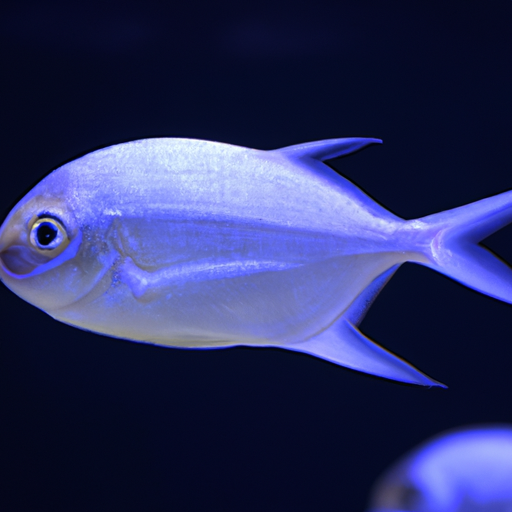The Internet of Things (IoT) is revolutionizing how industries operate today. From healthcare to manufacturing, IoT technologies are enhancing efficiency, improving customer experiences, and driving digital transformation. In this article, we will explore the significance of IoT and its implications for various sectors.
What is the Internet of Things?
The Internet of Things refers to the interconnection of everyday devices to the internet, allowing them to send and receive data. This network of physical objects, embedded with sensors and software, enables intelligent interaction and automation.
Key Benefits of IoT in Industries
- Enhanced Efficiency: IoT devices collect real-time data, helping organizations streamline operations and reduce costs.
- Improved Customer Experience: Businesses can leverage IoT technologies to personalize services, leading to increased customer satisfaction.
- Data-Driven Insights: The data gathered from IoT devices provide valuable insights that can inform decision-making and foster innovation.
- Predictive Maintenance: In manufacturing, IoT can predict equipment failures, minimizing downtime and saving expenses.
Industries Benefiting from IoT
1. Healthcare
IoT devices like wearables and smart health sensors enhance patient monitoring and transform healthcare delivery, ensuring better outcomes.
2. Transportation and Logistics
With IoT, companies can optimize routes, track shipments, and monitor vehicle conditions, leading to increased efficiency in the supply chain.
3. Agriculture
Smart farming technologies utilize IoT to improve crop yields, monitor soil health, and efficiently manage resources.
4. Smart Cities
IoT optimizes urban living with smart traffic management, energy-efficient buildings, and enhanced public safety systems.
The Future of IoT
The projection for the Internet of Things market is substantial, with billions of devices expected to be connected globally. As technologies advance, organizations that adopt IoT strategies will likely maintain a competitive edge.
Conclusion
As industries continue to evolve digitally, the role of IoT becomes increasingly critical. For companies looking to harness the power of technology, investing in IoT solutions is a step towards innovation and greater efficiency.
Stay updated on the latest trends in IoT by following our blog for more insightful articles.













